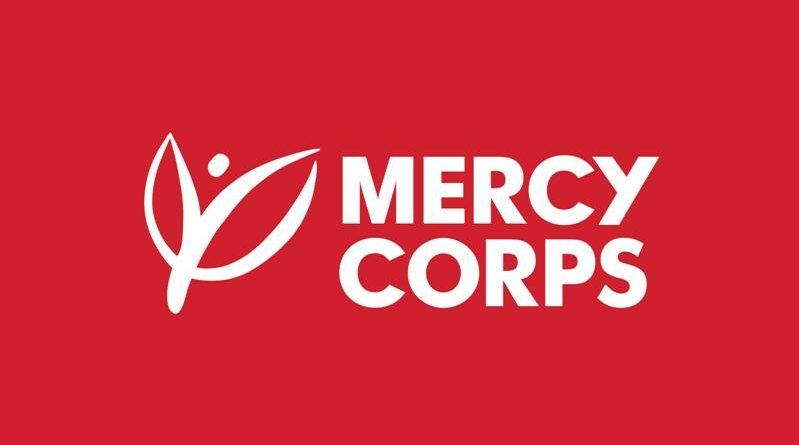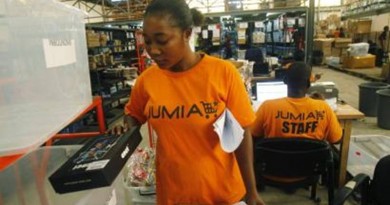Mercy Corps and Energy 4 Impact announce merger to increase access to clean energy
Energy 4 Impact and Mercy Corps have announced a merger to increase access to climate-smart, sustainable energy, improving the lives of millions around the world.
“With the turmoil of climate change, conflict and COVID-19 unravelling many of the development gains made over the past decade and pushing millions more people into poverty, there has never been a more urgent time to help communities build back better with access to cleaner, more sustainable energy,” says Anthony Marsh, Chairman of Energy 4 Impact’s board of trustees. “Plus, innovations in renewable energy technology and more sophisticated private sector models means that clean energy solutions are better and more affordable than ever. Together, our organizations have the potential to reach a whole new level of impact and scale.”
Today, more than 800 million people lack access to energy globally, 8 in 10 of whom live in “fragile” states where communities also face a myriad of complex challenges related to conflict, weak governance, and insecurity, as well as the growing impacts of climate change. Mercy Corps and Energy 4 Impact will together create opportunities to increase energy access and use for the communities that need them most, and to integrate energy into sectors such as agricultural development, economic growth, youth employment, humanitarian recovery, and climate resilience. The merger will enable Energy 4 Impact to both strengthen its position in its existing markets and develop new frontiers.
“By bringing Energy 4 Impact’s proven expertise in building sustainable energy markets into Mercy Corps’ large and diverse portfolio of humanitarian and development programs, including in fragile states, we can develop sustainable solutions in contexts where they’re needed most,” says Tjada D’Oyen McKenna, CEO of the global organization Mercy Corps. “Energy access is key to unlocking people’s potential. It powers businesses and fires up economic opportunities, paving the route to greater stability and resilience.”




